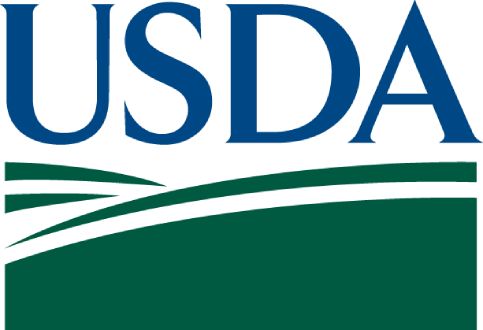U.S. Department of Agriculture, Food and Nutrition Service

The Food and Nutrition Service has developed policies and initiatives designed to ensure that meal benefits from the National School Lunch Program (NSLP) and the School Breakfast Program (SBP) reach eligible students as intended and that districts receive their correct reimbursements. The first Access, Participation, Eligibility, and Certification (APEC-I) study provided the first reliable national estimates of improper payments due to certification error made to school districts in 2005–2006 for the NSLP and the SBP. It was also the first national study to examine the amounts and rates of improper payments arising from the process of counting meals and obtaining reimbursements from state agencies after students were certified.
Related Staff
Efficiency Meets Impact.
That's Progress Together.
To solve their most pressing challenges, organizations turn to Mathematica for deeply integrated expertise. We bring together subject matter and policy experts, data scientists, methodologists, and technologists who work across topics and sectors to help our partners design, improve, and scale evidence-based solutions.
Work With Us


